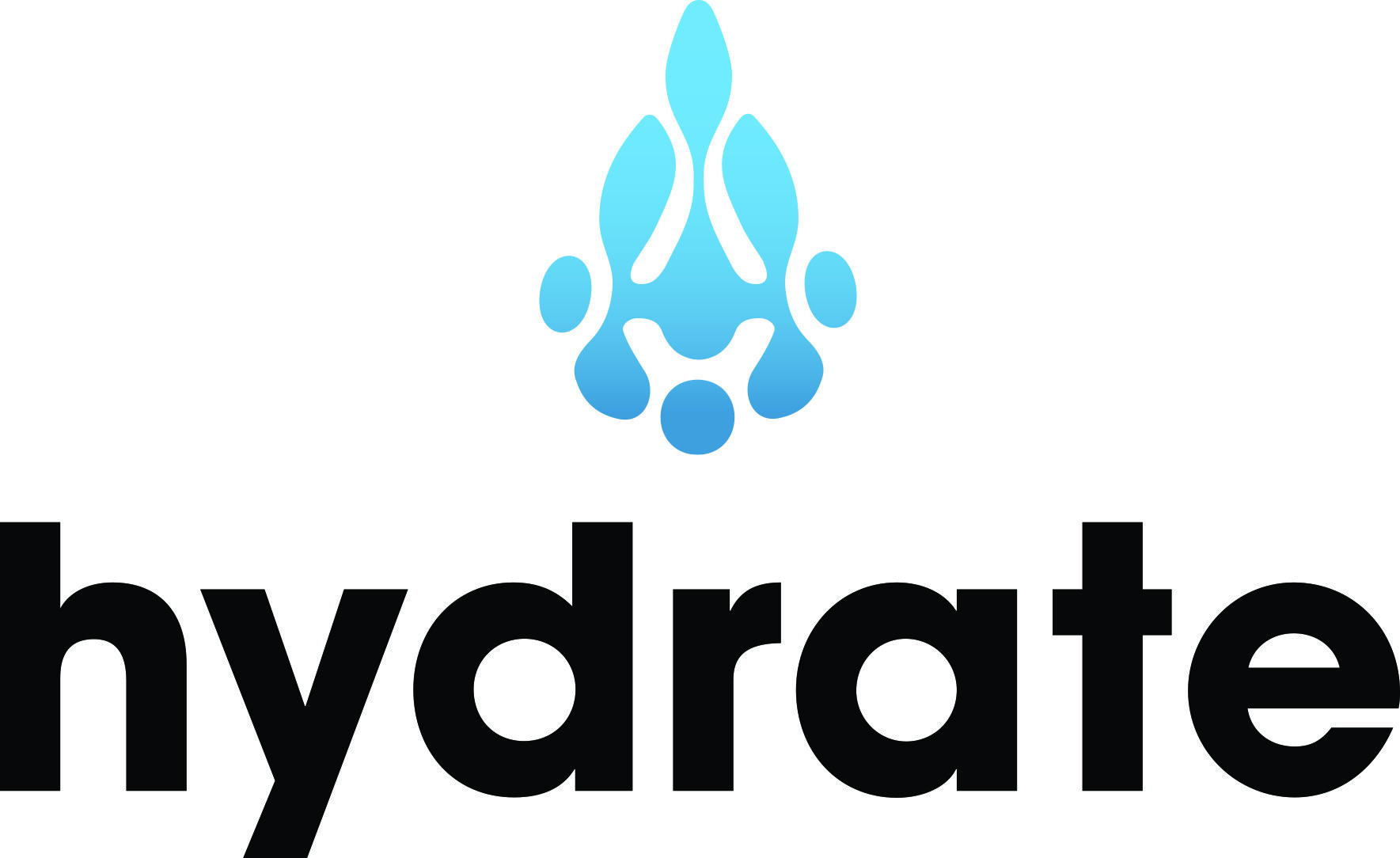You’ve been in this situation before: you have a problem that needs to be resolved and you make a phone call to customer service. You wait patiently, in the beginning, while the soothing music plays and the recording interrupts periodically to tell you that they’re experiencing heavy call volume.
It seems like the question of the hour, or the last few years, is, “how do we connect with Millennials?” The infamous generation is seen as a group of young people who heavily rely on their parents for financial support, are addicted to technology, and don’t pay attention to anything for more than a few seconds. So, how do we communicate with an audience who isn’t interested in anything they can’t find on their phone? Your first thought probably isn’t direct mail, but it should be.
The hashtag, established in 2007, was brought to Twitter as a way for users to filter through content to easily find information/conversations that match their interests. A decade later, the hashtag continues to thrive and become more and more crucial in the navigation of social media platforms. Commonly referred to as a pound sign, hashtags are used to create micro-communities within a platform.
This blog is part of the How to Monitor Social Media in 10 Minutes a Day eBook download.
I spend a lot of time on Facebook, managing posts for clients, creating ads, optimizing pages, seeing what other marketers and companies are up to, and listening to my friend Bill brag about the warm weather in California.
We’ve all been in them before. Long, tedious, nonsensical, directionless periods of time when groups of us sit around a table and pretend to be crafting brilliant strategies and turning early morning epiphanies into actionable plans. They can often resemble an out-of-body experience or a visit to the Twilight Zone.
This blog is part of the How to Monitor Social Media in 10 Minutes a Day eBook download.
We are currently live in a society that's heavily focused on social media, and at this point, there is no going back. Many of us have adjusted to this online way of life by now. We’ve mastered the balance between different social media feeds, learned the lingo, and we know when and how to disconnect and find time away from the bleeps and bloops of constant notifications.
Let’s talk about hygiene. We all recognize its importance in the mundane areas of life, but not all of us have considered the concept as it applies to our online marketing strategy –specifically, something marketers refer to as “email list hygiene.” As the name indicates, email list hygiene’s objective is to optimize the efficacy of email marketing campaigns and e-blasts by keeping contact lists “clean.”
As marketers, we often compare different mediums to one another in order to better understand the art of communication. A primary question on our minds: how does the act of reading words typed on a screen differ from reading those on a physical page? How might such a difference influence the way our brains absorb and process information? Although these questions are not new, they are more relevant than ever as technology provides us with more and more options for media consumption. This issue has prompted more than a hundred studies since as far back as the 1980s, in which researchers have attempted to measure how digital interfaces affect reading comprehension and speed. Across the board, they have found a gap –one that is significantly less pronounced now than it was thirty years ago, but still extant. Current reports reaffirm older ones, asserting that reading on screens is generally a slower, less attentive, and less comprehensive process than reading on paper.
This blog is part of the How to Monitor Social Media in 10 Minutes a Day eBook download.
Yesterday I worked on a Facebook ad campaign with my client and friend, Barry Seaver at The Wealth Conservatory. Even though I’ve worked on hundreds of Facebook ad campaigns, I was still getting excited and jazzed putting the pieces of the campaign together. So, why is that?
This blog is part of the How to Monitor Social Media in 10 Minutes a Day eBook download.















